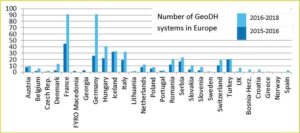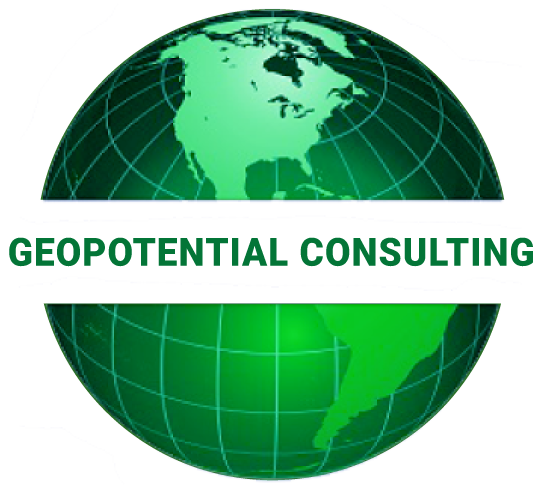Geothermal HVAC systems have been developed for more than 60 years in the U.S. and other countries. People have been adapting them because of a lot of reasons. They are friends with our nature. In fact, the U.S. Department of Energy and the U.S. Environmental Protection Agency (EPA) states that, geothermal HVAC systems are the most energy efficient, environmentally friendly, and cost-effective HVAC systems available. Due to the increasing demand for renewable, sustainable, and cost-effective energy solutions, the geothermal heat pump market is expanding rapidly in the coming years, especially with several beneficial initiatives taken by the U.S. Government and European Union, including financial supports, federal income tax credits, rebates, subsidies, renewable heat incentives.
As a matter of fact, geothermal heating and cooling is the standard in many European countries. In Sweden and Switzerland, more than 75% of new homes have geothermal HVAC systems. Geothermal heating and cooling is a success story in Europe as it shows a rapid and dynamic expansion in the past years. An EGEC Market Report done in 2017 states that, geothermal district heating accounts for over 4.9 Giga Watts of capacity in Europe, with 294 plants currently in operation. The number of new plants coming online each year is on an upward trend, with an average annual growth rate of 10% in recent years. The development of geothermal as a solution for heating and cooling is particularly dynamic in Germany, where 35 projects are planned or in developments, but many smaller or newer markets are also increasingly investing in geothermal energy.

EGEC Market Report 2014
On the other hand, U.S. geothermal heat pump market size for 2016 was valued over USD 20 billion. Availability of constant shallow ground temperature throughout the country will boost the product demand. Growing focus towards development of renewable energy with aim to reduce environment pollution also drives the China market share. In 2016, China government announced to triple its geothermal energy consumption to 72.1 million ton of coal equivalent by 2020 when compared with current levels. According to a report by Global Market Insights lnc, geothermal heat pump market size for 2016 was valued over USD 80 billion, projected to cross a revenue of USD 130 billion by 2024, and is set to exceed 110 GW by 2024. We can see that geothermal heating and cooling systems are having a steady growth in the future.
However, there are still barriers limiting the growth of the market. According to a new study from Persistence Market Research, high installation cost of geothermal heat pumps systems along with lack of consumer awareness or confidence in geothermal heat pump’s benefits is acting as major challenge in overall acceptance of this technology in major developing countries around the globe. Even though there are limiting factors on geothermal heat pumps development’s path, with the government’s assistance, technology development, and increasing understanding of the systems, the barriers are expected to be removed gradually. Hence, we should keep the hope that the geothermal heating and cooling systems will be widely used domestically, commercially, and industrially.

Recent Comments